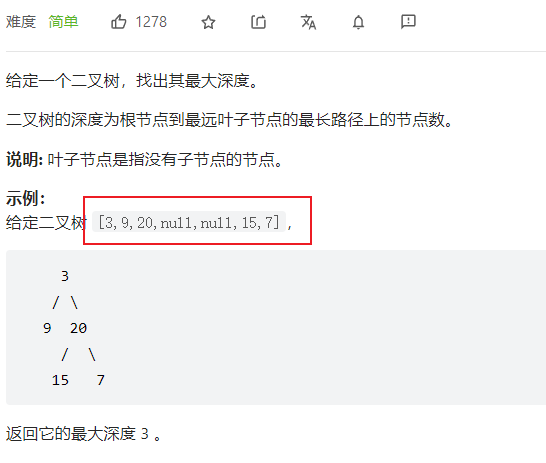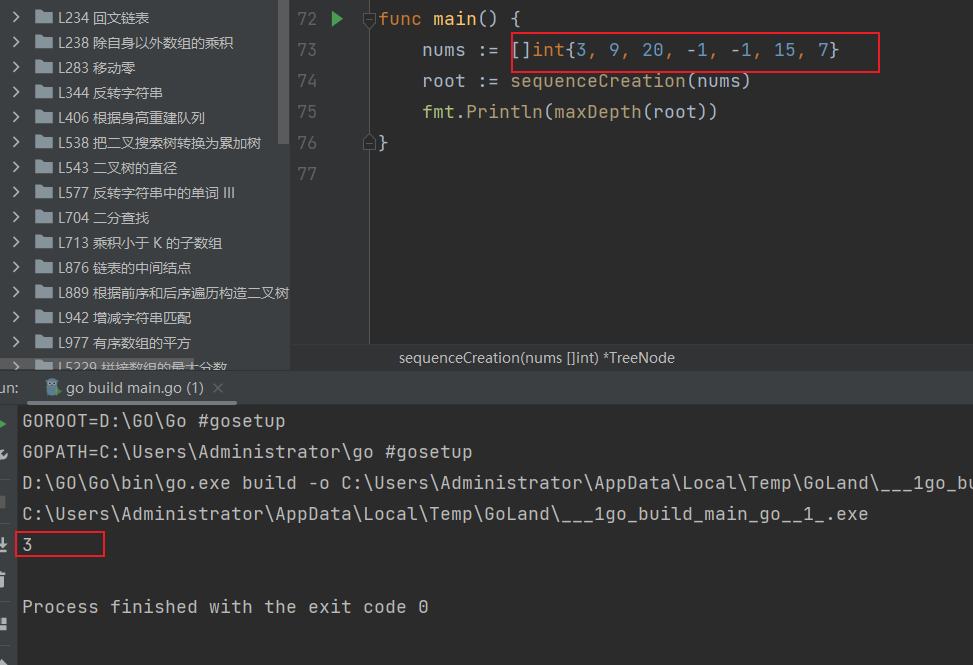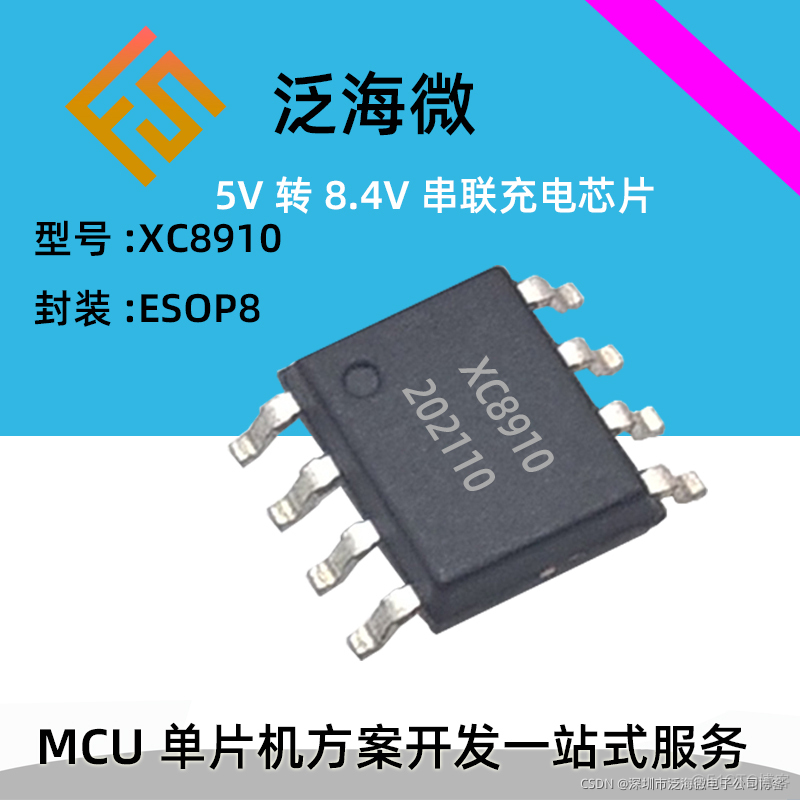当前位置:网站首页>Four traversal methods of binary tree, as well as the creation of binary tree from middle order to post order, pre order to middle order, pre order to post order, and sequence [specially created for t
Four traversal methods of binary tree, as well as the creation of binary tree from middle order to post order, pre order to middle order, pre order to post order, and sequence [specially created for t
2022-07-04 20:42:00 【@Luo fan】
Blogger introduction :
– I am a 了 all WeChat official account 【 The Milky way 】 Looking forward to your attention . In the future, let's cheer together ~
Preface
The three traversal methods here need not be introduced too much , It is believed that anyone who has learned data structure can easily use recursive method to traverse , The idea of non recursive method is also consistent .
According to the previous order and the middle order 、 The middle order and the last order 、 The preface and the following preface are written with reference to the solution to the question of force deduction , Only sequence traversal is to make it inconvenient to solve problems again, so we choose to solve problems locally , But local problem solving cannot be tested , Using the other three creation methods is too cumbersome , So I want to use sequence to create binary tree , The thinking is relatively simple for your reference , Problems can be discussed in time .
List of articles
The former sequence traversal
Because it is a preorder traversal, the root node must be in front , Traversal order is ( root 、 Left 、 Right )
type TreeNode struct {
Val int
Left *TreeNode
Right *TreeNode
}
// The former sequence traversal
func preorderTraversal(root *TreeNode) []int {
nums := make([]int, 0)
var dfs func(node *TreeNode)
dfs = func(node *TreeNode) {
if node != nil {
nums = append(nums, node.Val) // root
dfs(node.Left) // Left
dfs(node.Right) // Right
}
}
dfs(root)
return nums
}
In the sequence traversal
Because it is a medium order traversal, the root node must be in the middle , Traversal order is ( Left 、 root 、 Right )
type TreeNode struct {
Val int
Left *TreeNode
Right *TreeNode
}
// In the sequence traversal
func inorderTraversal(root *TreeNode) []int {
nums := make([]int, 0)
var dfs func(node *TreeNode)
dfs = func(node *TreeNode) {
if node != nil {
dfs(node.Left) // Left
nums = append(nums, node.Val) // root
dfs(node.Right) // Right
}
}
dfs(root)
return nums
}
After the sequence traversal
Because it is post order traversal, the root node must be behind , Traversal order is ( Left 、 Right 、 root )
type TreeNode struct {
Val int
Left *TreeNode
Right *TreeNode
}
// Subsequent traversal
func postorderTraversal(root *TreeNode) []int {
nums := make([]int, 0)
var dfs func(node *TreeNode)
dfs = func(node *TreeNode) {
if node != nil {
dfs(node.Left)
dfs(node.Right)
nums = append(nums, node.Val)
}
}
dfs(root)
return nums
}
Sequence traversal
Sequence traversal must be line by line , The idea is BFS( Like a drop of water into the pool of ripples, layer by layer ), Here, the queue is used to constantly store the next child as the next root node to traverse its child .
type TreeNode struct {
Val int
Left *TreeNode
Right *TreeNode
}
// Sequence traversal
func levelOrder(root *TreeNode) [][]int {
ret := [][]int{
}
if root == nil {
return ret
}
q := []*TreeNode{
root}
for i := 0; len(q) > 0; i++ {
ret = append(ret, []int{
})
p := []*TreeNode{
}
for j := 0; j < len(q); j++ {
node := q[j]
ret[i] = append(ret[i], node.Val)
if node.Left != nil {
p = append(p, node.Left)
}
if node.Right != nil {
p = append(p, node.Right)
}
}
q = p
}
return ret
}
Sequence creation binary tree
It's the key moment , Take reference sequence traversal as the opposite thinking , First, split the one-dimensional array into nodes of each layer , Make a two-dimensional array , After that, according to traversing each child as the current root node, add its left and right children . This writing method is ugly and has low performance , Hope to buckle the bottom patiently . here -1 For null
type TreeNode struct {
Val int
Left *TreeNode
Right *TreeNode
}
// Sequence creation binary tree
func sequenceCreation(nums []int) *TreeNode {
if len(nums) == 0 {
return nil
}
if len(nums) == 1 {
return &TreeNode{
nums[0], nil, nil}
}
// First, the array is divided into layers
sliNums := make([][]int, 0)
count := 1
for i := 0; i < len(nums); {
cont := make([]int, 0)
j := i
for ; j < i+count; j++ {
cont = append(cont, nums[j])
}
i = j
sliNums = append(sliNums, cont)
count *= 2
}
root := new(TreeNode)
root.Val = sliNums[0][0]
queue := []*TreeNode{
root}
count = 0
for i := 1; i < len(sliNums); i++ {
for j := 0; j < len(sliNums[i]); j += 2 {
if sliNums[i][j] != -1 {
queue[count].Left = &TreeNode{
Val: sliNums[i][j]}
queue = append(queue, queue[count].Left)
} else {
if queue[count] != nil {
queue[count].Left = nil
queue = append(queue, queue[count].Left)
}
}
if sliNums[i][j+1] != -1 {
queue[count].Right = &TreeNode{
Val: sliNums[i][j+1]}
queue = append(queue, queue[count].Right)
} else {
if queue[count] != nil {
queue[count].Right = nil
queue = append(queue, queue[count].Right)
}
}
count++
}
}
return root
}
Use cases
Here take the simple question of Li Kou as an example :104. The maximum depth of a binary tree 
Code implementation
type TreeNode struct {
Val int
Left *TreeNode
Right *TreeNode
}
func max(a, b int) int {
if a > b {
return a
}
return b
}
func maxDepth(root *TreeNode) int {
if root == nil {
return 0
}
return max(maxDepth(root.Left), maxDepth(root.Right)) + 1
}
func main() {
nums := []int{
3, 9, 20, -1, -1, 15, 7}
root := sequenceCreation(nums) // This function is the above sequence traversal , Don't paste again here
fmt.Println(maxDepth(root))
}
test result

Results the correct
Create a binary tree in the previous order and the middle order
Here we refer to the solution of the problem of force deduction , Thinking is relatively simple ,preorder The beginning of the slice is the root node , And then inorder Slice and compare to find the left and right children , The creation can be completed by repeating the comparison downward .
type TreeNode struct {
Val int
Left *TreeNode
Right *TreeNode
}
// Find the root node in the previous sequence , Find the left-right boundary in the middle order
func pIBuildTree(preorder []int, inorder []int) *TreeNode {
if len(preorder) == 0 {
return nil
}
root := &TreeNode{
preorder[0], nil, nil}
i := 0
for ; i < len(inorder); i++ {
if inorder[i] == preorder[0] {
break
}
}
root.Left = pIBuildTree(preorder[1:len(inorder[:i])+1], inorder[:i])
root.Right = pIBuildTree(preorder[len(inorder[:i])+1:], inorder[i+1:])
return root
}
Create a binary tree in middle order and later order
It is basically consistent with the previous order and the middle order , But this time it's the comparison between middle order and post order
type TreeNode struct {
Val int
Left *TreeNode
Right *TreeNode
}
// Create a binary tree from the middle order
func iPBuildTree(inorder []int, postorder []int) *TreeNode {
idxMap := map[int]int{
}
for i, v := range inorder {
idxMap[v] = i
}
var build func(int, int) *TreeNode
build = func(inorderLeft, inorderRight int) *TreeNode {
// No remaining nodes
if inorderLeft > inorderRight {
return nil
}
// The end element of post order traversal is the root node of the current subtree
val := postorder[len(postorder)-1]
postorder = postorder[:len(postorder)-1]
root := &TreeNode{
Val: val}
// according to val The position traversed in the middle order , Divide the middle order traversal into left and right subtrees
// Because we always take the elements from the end of the post order traversal , So we should traverse the right subtree first and then the left subtree
inorderRootIndex := idxMap[val]
root.Right = build(inorderRootIndex+1, inorderRight)
root.Left = build(inorderLeft, inorderRootIndex-1)
return root
}
return build(0, len(inorder)-1)
}
Create a binary tree before and after
The result here may not be unique
type TreeNode struct {
Val int
Left *TreeNode
Right *TreeNode
}
// Build a binary tree according to the previous sequence
func constructFromPrePost(preorder []int, postorder []int) *TreeNode {
// Recursion end condition
if len(preorder) == 0 {
return nil
}
// When there is only one element , Is a leaf node . This step 889 Do not omit
if len(preorder) == 1 {
return &TreeNode{
Val: preorder[0]}
}
// The root node
root := &TreeNode{
Val: preorder[0]}
// Find the position equal to the next node under the root node of the previous sequence in the subsequent sequence
for pos, node := range postorder {
if node == preorder[1] {
// Build the left subtree
root.Left = constructFromPrePost(preorder[1:pos+2], postorder[:pos+1])
// Build the right subtree
root.Right = constructFromPrePost(preorder[pos+2:], postorder[pos+1:len(postorder)-1])
break
}
}
return root
}
Reference link :
- Construct binary tree from middle order and post order traversal sequence :https://leetcode.cn/problems/construct-binary-tree-from-inorder-and-postorder-traversal/solution/cong-zhong-xu-yu-hou-xu-bian-li-xu-lie-gou-zao-14/
- Construct binary tree according to preorder and postorder traversal :https://leetcode.cn/problems/construct-binary-tree-from-preorder-and-postorder-traversal/solution/889-gen-ju-qian-xu-he-hou-xu-bian-li-gou-zw0i/
- Construction of binary trees from traversal sequences of preorder and middle order :https://leetcode.cn/problems/construct-binary-tree-from-preorder-and-inorder-traversal/solution/cong-qian-xu-yu-zhong-xu-bian-li-xu-lie-gou-zao-9/
It's not easy to create , Give me some advice. !
If you need to see a collection later !
If you are interested in my article, please pay attention to !
If there are questions , You can pay attention to the official account. 【 The Milky way 】 Click to contact me for private chat .
边栏推荐
- Six stones programming: about code, there are six triumphs
- LeetCode 871. 最低加油次数
- 九齐单片机NY8B062D单按键控制4种LED状态
- Flet tutorial 05 outlinedbutton basic introduction (tutorial includes source code)
- tcp为啥是三次握手和四次挥手
- How is the entered query SQL statement executed?
- idea恢复默认快捷键
- node强缓存和协商缓存实战示例
- 六石编程学:关于代码,有六个得意
- Stack: how to realize the judgment of valid brackets?
猜你喜欢

看腾讯大老如何做接口自动化测试
Practical examples of node strong cache and negotiation cache
![[in-depth learning] review pytoch's 19 loss functions](/img/c1/07650a6755d5c64ebf8ce370456fb7.png)
[in-depth learning] review pytoch's 19 loss functions
![[Beijing Xunwei] i.mx6ull development board porting Debian file system](/img/46/abceaebd8fec2370beec958849de18.jpg)
[Beijing Xunwei] i.mx6ull development board porting Debian file system

ICML 2022 | Meta提出鲁棒的多目标贝叶斯优化方法,有效应对输入噪声

FS8B711S14电动红酒开瓶器单片机IC方案开发专用集成IC

同事的接口文档我每次看着就头大,毛病多多。。。
![NLP、视觉、芯片...AI重点方向发展几何?青源会展望报告发布[附下载]](/img/79/82763392e74d102921b4e8e601d4c6.png)
NLP、视觉、芯片...AI重点方向发展几何?青源会展望报告发布[附下载]

Jiuqi ny8b062d MCU specification /datasheet

B2B mall system development of electronic components: an example of enabling enterprises to build standardized purchase, sale and inventory processes
随机推荐
紫光展锐完成全球首个 5G R17 IoT NTN 卫星物联网上星实测
Jiuqi ny8b062d MCU specification /datasheet
[ismb2022 tutorial] the picture shows the precision medicine of learning. Marinka zitnik, Harvard University, keynote speaker, with 87 ppt
实践示例理解js强缓存协商缓存
Lingyun going to sea | Wenhua online & Huawei cloud: creating a new solution for smart teaching in Africa
Managed service network: application architecture evolution in the cloud native Era
QT writing the Internet of things management platform 38- multiple database support
What does the neural network Internet of things mean? Popular explanation
Win11怎么搜索无线显示器?Win11查找无线显示器设备的方法
Hash quiz game system development how to develop hash quiz game system development (multiple cases)
idea恢复默认快捷键
[in-depth learning] review pytoch's 19 loss functions
Integretee integrates into Moonriver through xcm, bringing enterprise class privacy solutions to its ecosystem
Taishan Office Technology Lecture: about the order of background (shading and highlighting)
go语言笔记(2)go一些简单运用
为什么最大速度是光速
Form组件常用校验规则-1(持续更新中~)
Free soldier
1500万员工轻松管理,云原生数据库GaussDB让HR办公更高效
强化学习-学习笔记2 | 价值学习
